Should You Replace or Repair Your Furnace Before Winter? Before the inevitable onset of winter, many homeowners grapple with the complex decision: repair or replace furnace when facing a deteriorating 17-year-old furnace or even a 25-year-old furnace. This critical choice affects not only your comfort during cold months but also your energy bills, home value, and overall safety.
Whether you’re dealing with a 20-year-old furnace showing signs of wear or wondering should I replace a 40 year old furnace, understanding the lifespan, efficiency ratings, and furnace replacement cost becomes essential. Even those thinking I need a new furnace and have no money must weigh immediate repair expenses against long-term savings.
Questions like should I replace my 25-year old furnace or should I replace my 17 year old furnace require careful analysis of your system’s condition, repair history, and energy consumption. Beyond basic maintenance like understanding how often should you replace your furnace filter, this comprehensive guide explores the non-negotiable factors that determine whether repair or replacement is your smartest move this heating season.
Understanding Your Furnace’s Lifespan and Age Threshold
The typical furnace operates efficiently for approximately 15 to 20 years with proper maintenance. However, this timeline varies significantly based on several factors including installation quality, usage patterns, and regular servicing schedules. When your heating system crosses the 15-year threshold, you enter what industry professionals call the “decision zone”—a period where repair costs begin competing with replacement benefits.
For homeowners asking should I replace 20 year old furnace, the answer increasingly leans toward yes. At two decades, even well-maintained units experience declining efficiency, higher energy consumption, and more frequent breakdowns. The components inside your furnace—heat exchangers, blowers, and ignition systems—have finite lifespans, and their simultaneous aging creates a domino effect of potential failures.
The Critical Age Milestones
Should I replace my 17 year old furnace? At 17 years, your furnace approaches the end of its expected lifespan. While some units continue functioning, they typically operate at 60-70% of their original efficiency. This reduced performance translates directly to higher utility bills and inconsistent heating throughout your home.
Should I replace my 25-year old furnace? Determining should I replace my 25-year old furnace involves balancing the immediate relief of a minor repair against the long-term investment and potentially high furnace replacement cost. At this age, your system likely uses outdated technology, lacks modern safety features, and consumes significantly more energy than contemporary models. The efficiency gap between a 25-year-old unit and today’s high-efficiency furnaces can exceed 40%, meaning you’re essentially heating your neighborhood while paying premium prices.
The critical question, should I replace a 40 year old furnace, is often answered with a definite yes, especially when the unit’s age makes it inefficient and costly to maintain, even for those thinking I need a new furnace and have no money. A four-decade-old furnace represents obsolete technology with serious safety concerns including potential carbon monoxide risks, cracked heat exchangers, and unreliable operation when you need it most.
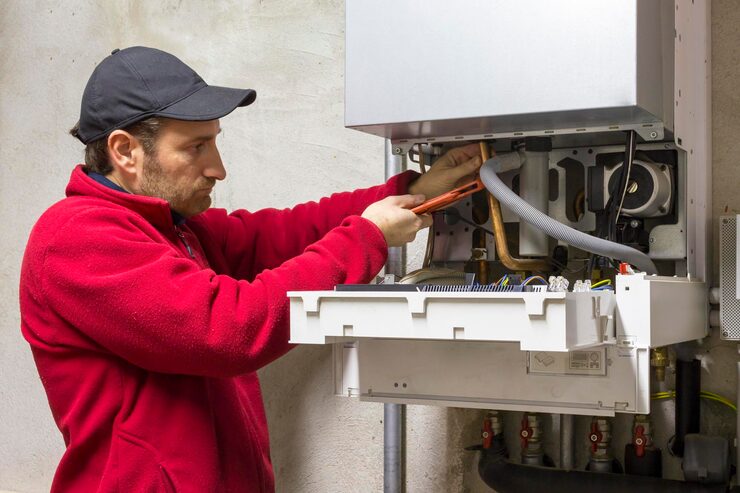
The True Cost Analysis: Repair Versus Replace
Understanding the financial implications requires looking beyond the immediate price tag. The industry follows a helpful guideline: multiply the repair cost by your furnace’s age. If this number exceeds the price of a furnace replacement, replacement becomes the economically sound choice.
Breaking Down Furnace Replacement Cost
Furnace replacement cost varies considerably based on system type, efficiency rating, home size, and regional labor rates. In Ontario, homeowners typically invest between $3,500 and $7,500 for a complete furnace installation Ontario, including equipment, labor, and necessary modifications to existing ductwork. High-efficiency models with AFUE ratings above 95% command higher upfront costs but deliver substantial long-term savings through reduced energy consumption.
Premium features like variable-speed blowers, two-stage heating, and smart thermostat compatibility add $500 to $2,000 to the base price. However, these technologies optimize comfort, reduce noise levels, and maximize efficiency. When you consider that heating accounts for approximately 60% of your annual energy bills, the investment in a modern system pays dividends throughout its 15-20 year lifespan.
When Repair Makes Financial Sense
Minor repairs costing under $500—such as thermostat replacement, flame sensor cleaning, or limit switch adjustments—remain cost-effective for furnaces under 10 years old. Even systems between 10-15 years may justify repairs under $1,000 if they’ve received consistent maintenance and operate efficiently.
However, major component failures tell a different story. Heat exchanger cracks, which can cost $1,500-$2,500 to replace, rarely make sense for furnaces over 15 years old. Similarly, blower motor failures ($400-$1,500), gas valve replacements ($300-$800), and control board issues ($200-$600) accumulate quickly, especially when your aging heating system needs multiple repairs within a single season.
For systems nearing the two-decade mark, such as a 20-year-old furnace, understanding how often should you replace your furnace filter is a temporary fix, but the core issue of age suggests exploring should I replace 20 year old furnace. Monthly filter changes improve airflow and protect components, but they cannot restore lost efficiency or prevent age-related breakdowns.
Also Read: Furnace Maintenance Checklist for Cold Weather in the GTA
Efficiency Standards and Energy Savings
Modern furnaces achieve Annual Fuel Utilization Efficiency (AFUE) ratings between 90-98%, meaning they convert that percentage of fuel into usable heat. By contrast, furnaces manufactured 20-25 years ago typically achieve only 60-70% AFUE, wasting 30-40% of every energy dollar.
This efficiency gap creates substantial ongoing costs. A homeowner spending $2,000 annually to heat with a 65% efficient furnace could reduce bills to approximately $1,300 with a 95% efficient model—saving $700 yearly. Over a 15-year lifespan, that’s $10,500 in energy savings, more than covering the furnace replacement cost.
Environmental and Regulatory Considerations
Ontario’s building codes and energy efficiency standards continue evolving toward lower emissions and higher performance requirements. Older furnaces not only consume more energy but also produce higher carbon emissions and may fail to meet current safety regulations. Modern condensing furnaces capture and utilize heat that older models exhaust, achieving remarkable efficiency while reducing environmental impact.
Government rebate programs through initiatives like the Canada Greener Homes Grant offer up to $5,000 for qualifying HVAC upgrades. These incentives specifically target inefficient older systems, making replacement more affordable for homeowners wondering I need a new furnace and have no money. SANO HEATING LTD helps customers navigate available rebates and financing options, ensuring energy-efficient upgrades remain accessible.
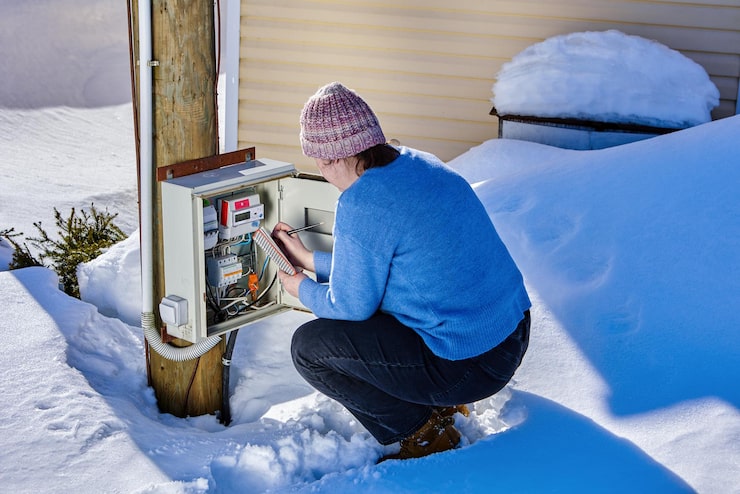
Safety Concerns with Aging Furnaces
Beyond efficiency and economics, safety becomes paramount with older heating systems. Heat exchanger cracks—common in furnaces over 20 years—can leak carbon monoxide into your home, creating a potentially fatal situation. While carbon monoxide detectors provide essential protection, they represent a last line of defense rather than a solution.
Older furnaces also experience ignition failures, gas valve malfunctions, and ventilation problems that compromise safe operation. When facing the decision about a decades-old unit, the inability to guarantee safe operation often tips the balance toward replacement regardless of repair costs.
Your Non-Negotiable Checklist
Ultimately, a non-negotiable checklist can guide homeowners, especially those pondering should I replace my 17 year old furnace versus opting for a temporary fix, ensuring the right decision is made before the winter season begins.
Critical Decision Factors
System Age and Condition: If your furnace exceeds 15 years and requires repairs costing more than one-third of replacement value, replacement wins. For units beyond 20 years, replacement becomes the default recommendation unless repairs are genuinely minimal.
Repair History: Multiple service calls within the past two years signal a system in decline. When you’re budgeting for emergency HVAC repair near me searches each season, that accumulated expense approaches new equipment costs while delivering decreasing reliability.
Energy Bills: Steadily increasing heating costs despite consistent usage patterns indicate declining efficiency. Track your bills over three consecutive winters—if costs rise 15% or more without corresponding rate increases, your aging furnace is the culprit.
Comfort Consistency: Uneven heating, frequent cycling, excessive noise, or inability to maintain set temperatures reveal system deterioration. Modern equipment delivers precise temperature control and whisper-quiet operation—standards your aging heating system cannot match.
Home Plans: If you intend to remain in your home for five or more years, investing in a new furnace makes sense. The improved comfort, lower operating costs, and increased home value justify the upfront expense. However, if selling soon, a strategic repair might suffice to satisfy disclosure requirements and home inspections.
Also Read: Signs Your Furnace Needs Repair Before Ontario’s Winter Sets In
Why Expert Opinion Matters?
While this guide provides decision-making frameworks, nothing replaces a thorough evaluation by qualified professionals. Ontario HVAC contractor services from SANO HEATING LTD include comprehensive system assessments examining heat exchanger integrity, efficiency testing, airflow measurements, and safety inspections that reveal your furnace’s true condition.
Experienced technicians identify issues invisible to homeowners—micro-cracks developing in heat exchangers, deteriorating insulation in ductwork, or improperly calibrated gas pressures. This professional insight transforms abstract questions about age into concrete recommendations based on your specific system’s condition and performance.
Furthermore, qualified contractors provide accurate furnace replacement cost estimates tailored to your home’s heating requirements, existing infrastructure, and efficiency goals. They ensure proper sizing—critical because oversized furnaces cycle inefficiently while undersized units struggle to maintain comfort—and recommend equipment matching your budget and expectations.
Financial Solutions for Replacement
The phrase I need a new furnace and have no money reflects a common concern, but multiple solutions make necessary replacements achievable. Manufacturer and contractor financing programs offer monthly payment plans, sometimes with promotional periods featuring zero interest. Many Ontario HVAC contractor companies, including SANO HEATING LTD, provide flexible financing options that spread costs across several years with manageable monthly payments.
Home equity lines of credit typically offer lower interest rates than unsecured financing. Energy efficiency loans through government programs may provide favorable terms specifically for HVAC upgrades. Some utility companies offer on-bill financing, where loan repayments appear directly on your monthly utility statement, often offset by the energy savings your new efficient system generates.
Provincial and federal rebate programs reduce upfront costs substantially. Research available incentives before purchasing—some programs require pre-approval or specific contractor certification. SANO HEATING LTD maintains current knowledge of available rebates and assists customers with application processes to maximize savings.

The Value of Preventive Maintenance
Regardless of whether you repair or replace, establishing a comprehensive HVAC maintenance Ontario schedule extends system lifespan and preserves efficiency. Annual professional servicing catches developing problems before they escalate into expensive failures or safety hazards.
Routine maintenance includes cleaning burners and heat exchangers, inspecting electrical connections, testing safety controls, measuring airflow and temperature rise, and verifying proper combustion. These services typically cost $150-$300 annually but prevent thousands in premature replacement costs or emergency repairs.
Homeowners should complement professional service with basic upkeep including monthly filter changes, keeping supply and return vents unobstructed, maintaining adequate clearance around equipment, and monitoring system performance for unusual sounds or behaviors. Understanding how often should you replace your furnace filter—typically every 30-90 days depending on filter type and household conditions—represents the single most effective maintenance task you can perform.
Also Read: How Long Do AC Units Last in Ontario?
Seasonal Timing Considerations
The question “Should You Replace or Repair Your Furnace Before Winter?” emphasizes timing’s importance. Scheduling replacement or major repairs during fall—before heating season begins—offers several advantages. Contractors face lighter workloads, providing more flexible scheduling and potentially lower prices. You avoid the stress and discomfort of emergency HVAC repair near me situations during cold snaps when every contractor is overwhelmed with urgent calls.
Early preparation also allows time for thorough research, multiple estimates, and careful decision-making rather than rushed choices under pressure. Same-day AC repair Ontario services demonstrate SANO HEATING LTD’s commitment to urgent needs, but proactive planning delivers superior outcomes and peace of mind.
Frequently Asked Questions
What are the signs my furnace needs replacement rather than repair?
Several red flags indicate replacement makes more sense than continued repairs. Systems exceeding 15-20 years with increasing repair frequency, rising energy bills despite consistent usage, uneven heating throughout your home, excessive noise, visible rust or corrosion, and yellow or flickering pilot lights all suggest replacement. If your furnace requires repairs costing more than 50% of replacement value, or if you’ve invested in multiple repairs over the past two years totaling $1,000 or more, replacement typically offers better value. Carbon monoxide detector alerts or visible cracks in the heat exchanger make immediate replacement non-negotiable for safety reasons.
How can I afford furnace replacement if I have limited funds?
Multiple financing options make necessary replacements achievable even with budget constraints. Contractor financing programs often feature promotional periods with deferred interest or zero-interest terms extending 12-24 months. Government rebate programs like Canada Greener Homes Grant provide up to $5,000 for qualifying upgrades. Some utility companies offer on-bill financing where payments appear directly on monthly statements. Home equity lines of credit typically provide lower interest rates than unsecured financing. Additionally, investing in a high-efficiency model reduces monthly energy costs, with savings helping offset financing payments. SANO HEATING LTD works with customers to identify the most suitable financing solution and maximize available rebates.
Does a new furnace really save enough to justify the cost?
Yes, efficiency improvements deliver substantial savings that accumulate over time. Modern furnaces achieve 90-98% AFUE ratings compared to 60-70% for units 20+ years old. This efficiency gap can reduce heating costs by 25-40% annually. For example, if you currently spend $2,000 yearly heating with a 65% efficient furnace, upgrading to a 95% efficient model could reduce costs to approximately $1,370—saving $630 annually. Over a 15-year lifespan, that’s $9,450 in energy savings. Additional benefits include more consistent comfort, quieter operation, improved indoor air quality, increased home value, and reduced carbon footprint. Government rebates and financing options further improve return on investment.
What’s the difference between repairing a 17-year versus 25-year-old furnace?
The age difference significantly impacts repair wisdom. A 17-year-old furnace approaches but hasn’t exceeded typical lifespan, making strategic repairs potentially justifiable if costs remain under $500-800 and the system has received good maintenance. However, at this age, major component failures strongly favor replacement. A 25-year-old furnace operates on borrowed time with severely compromised efficiency, outdated technology lacking modern safety features, and cumulative component wear. Even minor repairs on such systems represent poor investments since other failures will inevitably follow. The 25-year-old unit also consumes significantly more energy—potentially 30-40% more than contemporary models—meaning replacement saves money monthly while the older system continues costing more to operate while awaiting its next failure.
How often should maintenance be performed to extend furnace life?
Professional maintenance should occur annually, ideally in early fall before heating season begins. This timing allows technicians to identify and address issues before cold weather creates urgent demands. Comprehensive service includes cleaning burners and heat exchangers, inspecting and testing all electrical connections and safety controls, measuring airflow and temperature rise, verifying proper combustion and gas pressure, lubricating moving parts, and checking ventilation systems. Between professional visits, homeowners should change filters every 30-90 days depending on filter type and household conditions—homes with pets or allergies require more frequent changes. Additionally, keep supply and return vents unobstructed, maintain clearance around equipment, and monitor performance for unusual sounds or behaviors requiring professional attention.
Take Action Before Winter Arrives
Don’t wait until the first cold snap reveals your heating system’s fatal flaw. Whether you’re questioning should I replace 20 year old furnace or addressing imminent failure in an older unit, proactive decision-making protects your family’s comfort and safety while optimizing costs.
SANO HEATING LTD provides honest assessments, transparent pricing, and expert furnace installation Ontario services throughout the region. Our certified technicians deliver the same-day AC repair Ontario urgency and HVAC repair Ontario expertise you need, combined with the strategic guidance to determine whether repair or replace furnace makes sense for your specific situation.
Contact SANO HEATING LTD today for a comprehensive system evaluation. We’ll examine your furnace’s condition, efficiency, and safety, providing clear recommendations and detailed cost comparisons. Our flexible financing options and rebate assistance ensure necessary upgrades remain affordable. As your trusted Ontario HVAC contractor, we’re committed to keeping your home comfortable all winter while respecting your budget and timeline. Schedule your assessment now—before the inevitable onset of winter transforms a measured decision into an emergency situation.
Sources:
- Natural Resources Canada – Office of Energy Efficiency
- ENERGY STAR – Furnace Information and Rebates
- ASHRAE (American Society of Heating, Refrigerating and Air-Conditioning Engineers) – Residential HVAC Standards
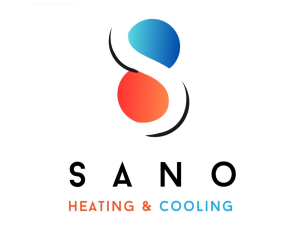
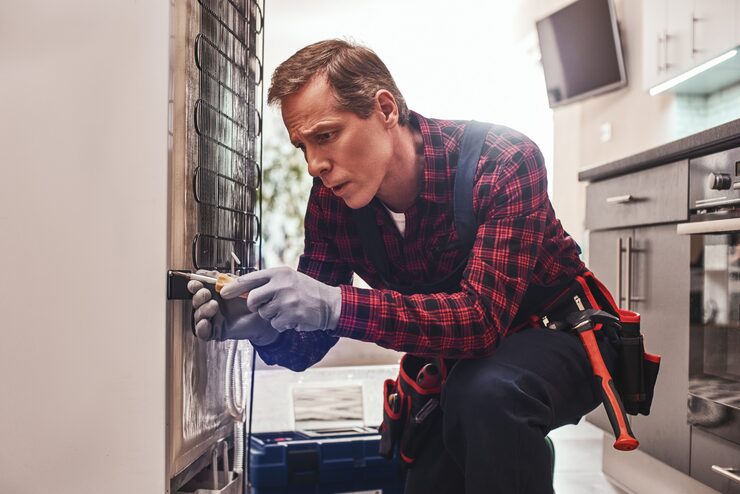
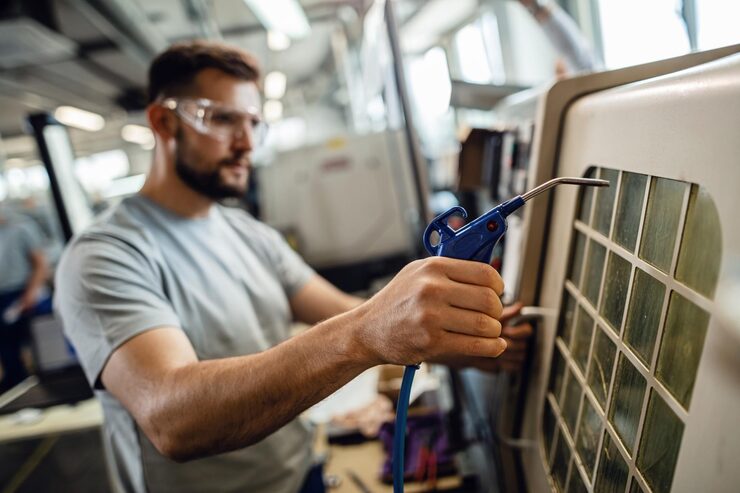
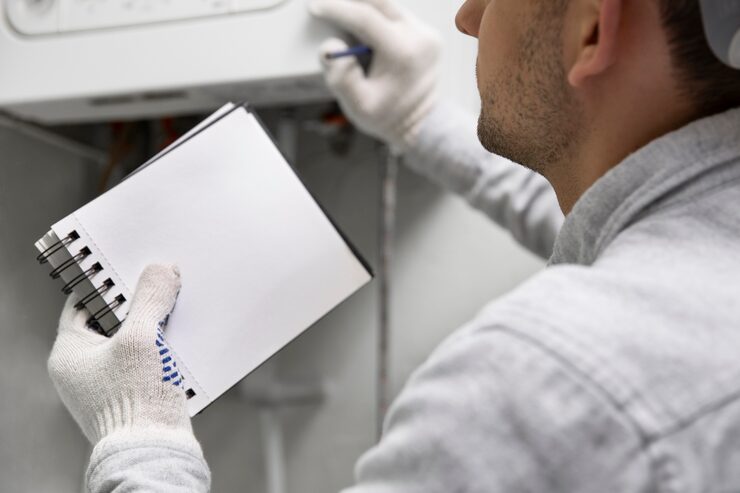
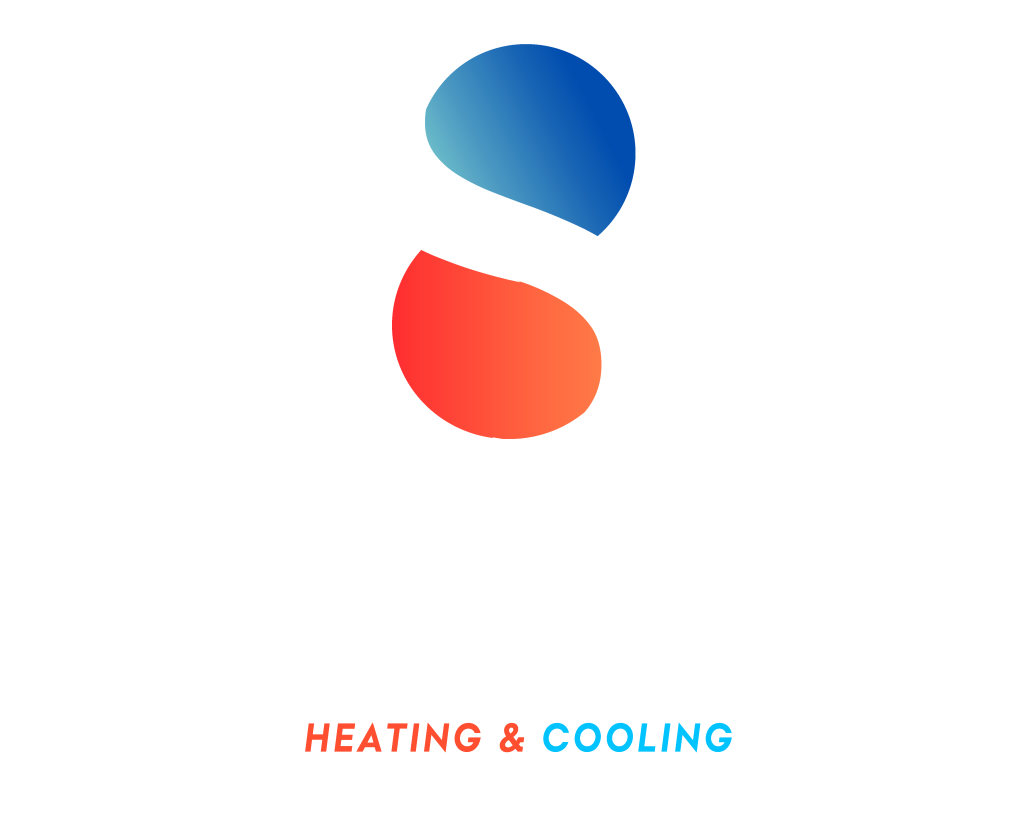
 by Canada Create Agency. All Roghts Reserved By SANO HEATING LTD.
by Canada Create Agency. All Roghts Reserved By SANO HEATING LTD.